¶ Myth: Cookies is the Threat
¶ All along Google fingerprinted.. only now they admit to it,

¶ Before their lies were more honest,

Source: [11]
¶ Interesting word choices, "subverts user choice"
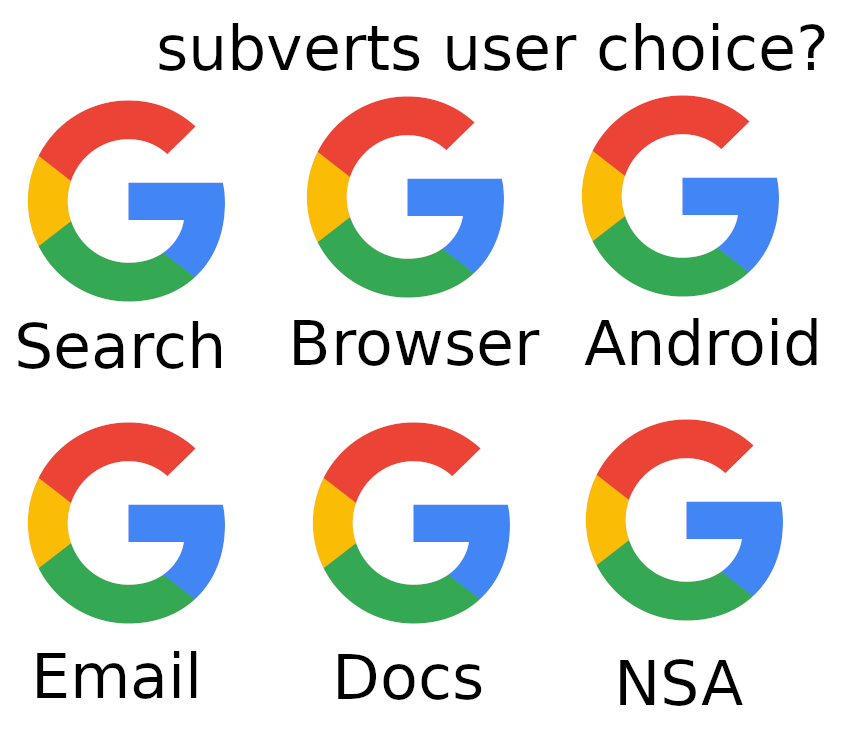
¶ You can't just customize your browser to resist fingerprinting
¶ Because then you're even more unique, as the only one doing those modifications
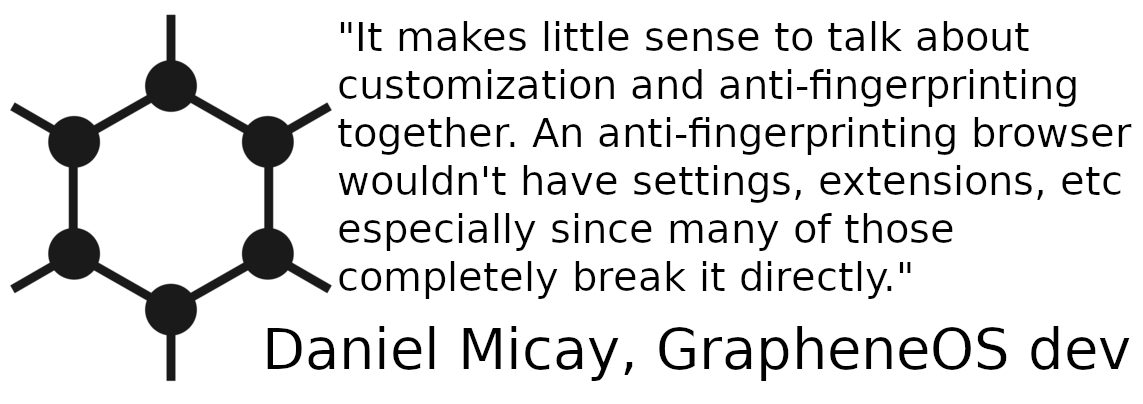
Source: [10]

¶ Myth: Browsers can Fool AI by "Spoofing"
¶ Reality: Spoofing is just lying with your words.

¶ Even back in 2016, Google could detect spoofing

¶ PeakHour Quote:
The Google Picasso fingerprinting method, is a lightweight device class fingerprinting protocol that verifies the software and hardware stack of a mobile or desktop client. For instance, it can differentiate between traffic from a genuine iPhone running Safari on iOS and an emulator or desktop client mimicking the same setup. Picasso utilizes the unpredictable yet stable noise produced by a client's browser, operating system, and graphical stack when rendering HTML5 canvases.
Google Picasso is particularly useful in determining whether a connecting client is lying about its user agent.
Key features of Picasso include its resistance to replay and a hardware-bound proof of work. This proof of work requires the client to use a significant amount of CPU and memory to solve challenges. The method has proven effective in distinguishing between 52 million Android, iOS, Windows, and OSX clients across various browsers with 100% accuracy.
Implementations of Picasso involve rendering vaious primitives on a hidden HTML5 canvases and generating hashes of the resulting graphic. These primitives include text, arcs, Bezier curves, quadratic curves, emojis, and ellipses. Parameters such as the number of rounds (number of primitives drawn), canvas dimensions, and font size scale factor are adjustable. The fingerprint is generated based on these parameters and a random seed. [13]
¶ Google gives your client a challenge to draw,
This image is from their (now ancient tech) 2016 whitepaper: [12]

¶ Then these drawings are analyzed at the pixel level,
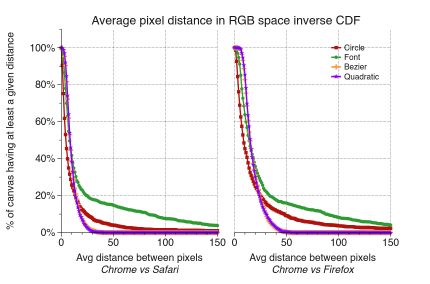
¶ And compared to what that browser, OS, and hardware can normally produce,
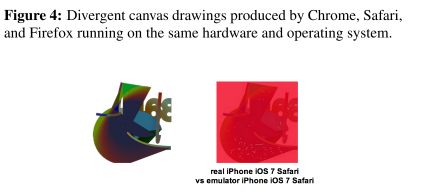
¶ This is why the Chameleon Browser Extension whitelists Google and Cloudflare
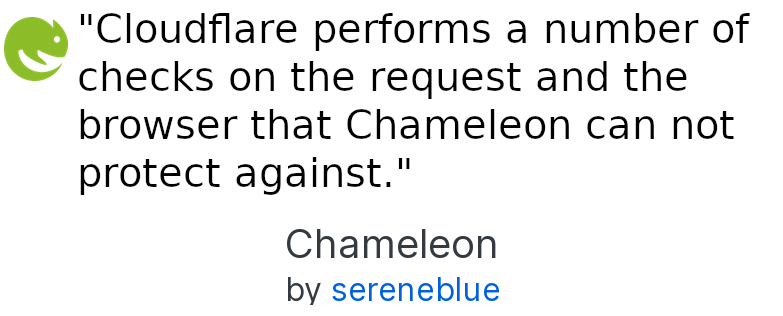
Source: [14]
¶ Because their app, and those like it, just LIE with "user-agents" (their words)
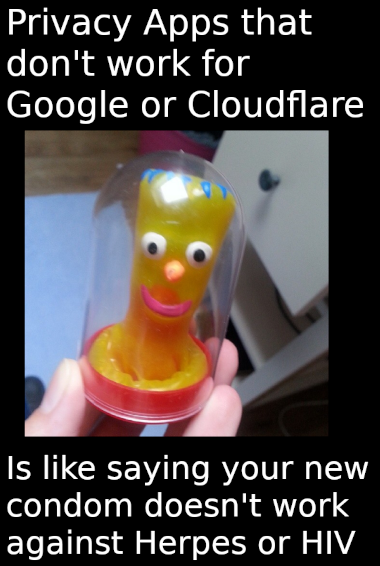
¶ You can't hide the fundamental nature of browsers,
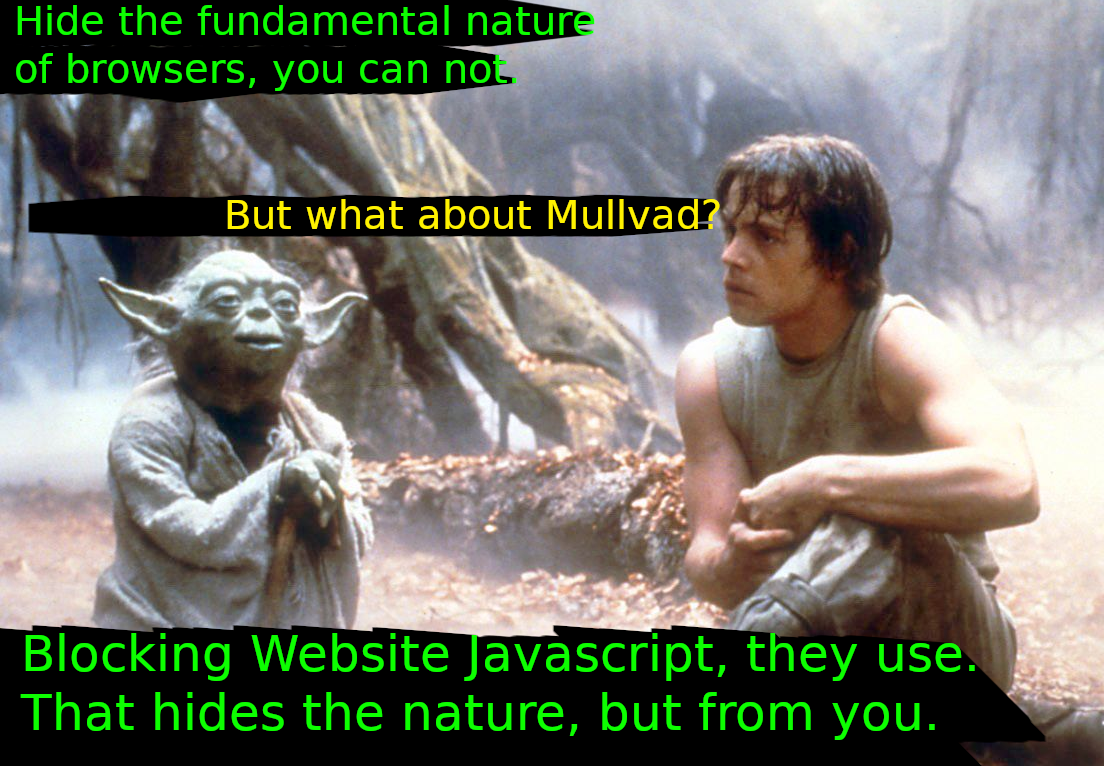
¶ For example, when someone asked if they should block the specific type of JavaScript (that hides your screen size), the GrapheneOS dev said:
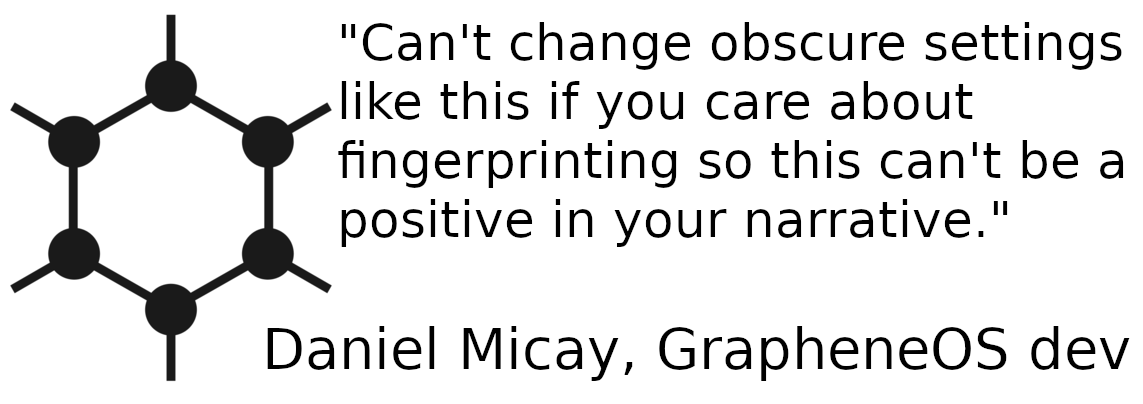
Source: [10]
¶ In other words, they fingerprint you based on what you choose to block,

¶ And if you turn off JavaScript,
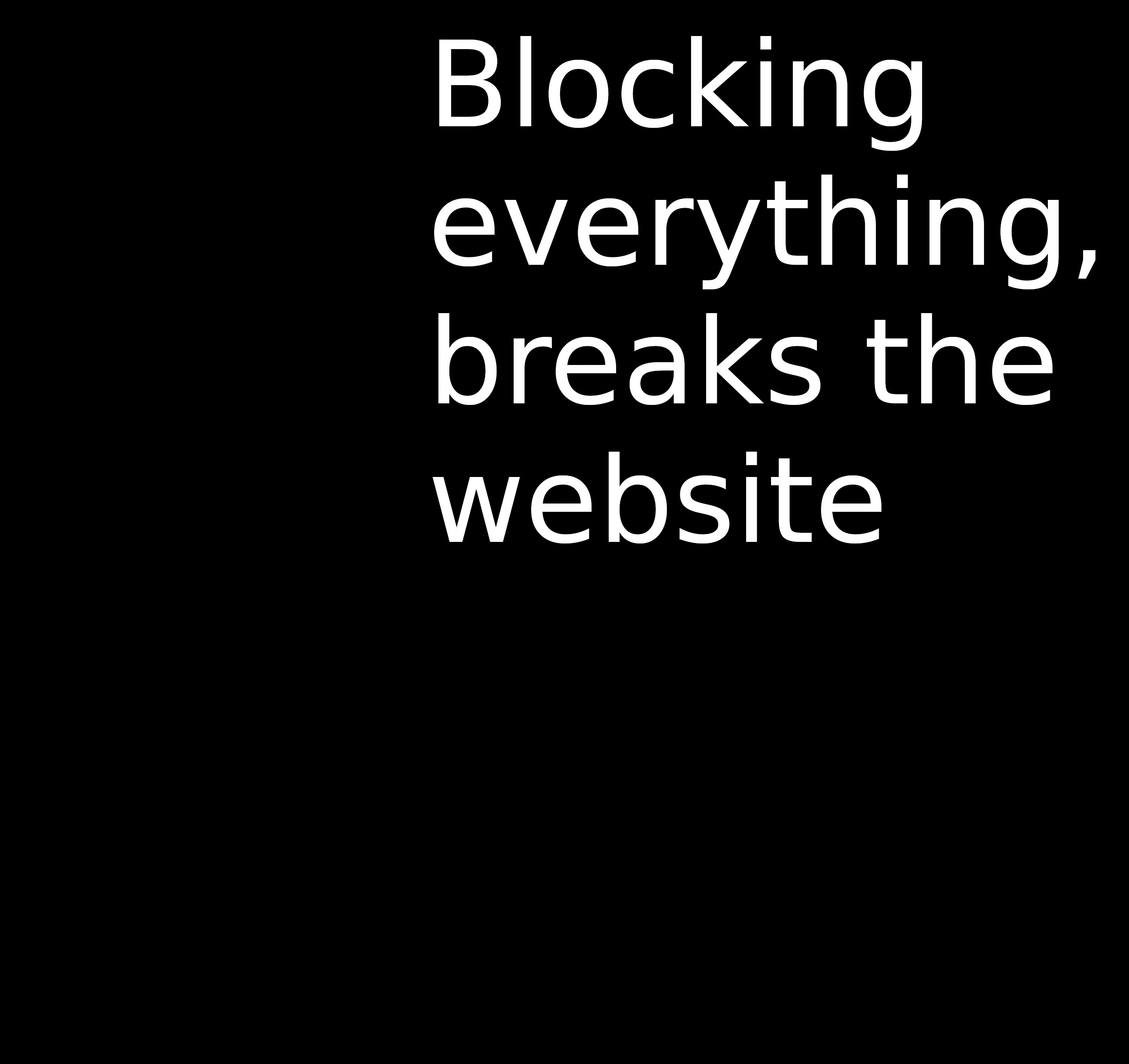

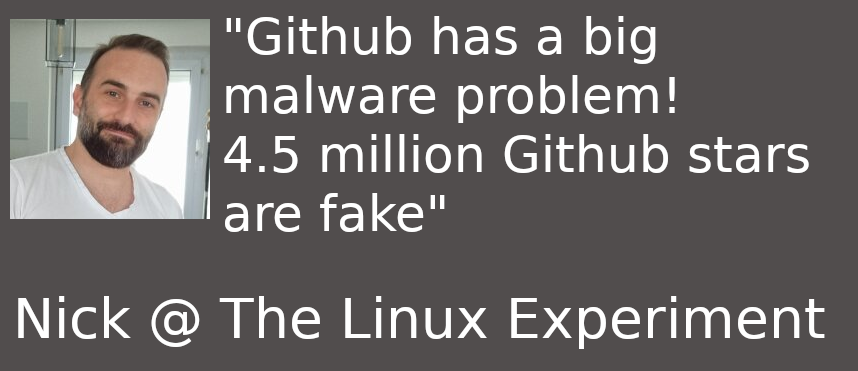
¶ Nick @ The Linux Exp Quote:
Github is not the most trustyworthy source to judge the quality of a project. Github has a big malware problem. 4.5 million Github stars are fake, to propigate malware. Studies found them using 1.32 million fake accounts. [2]
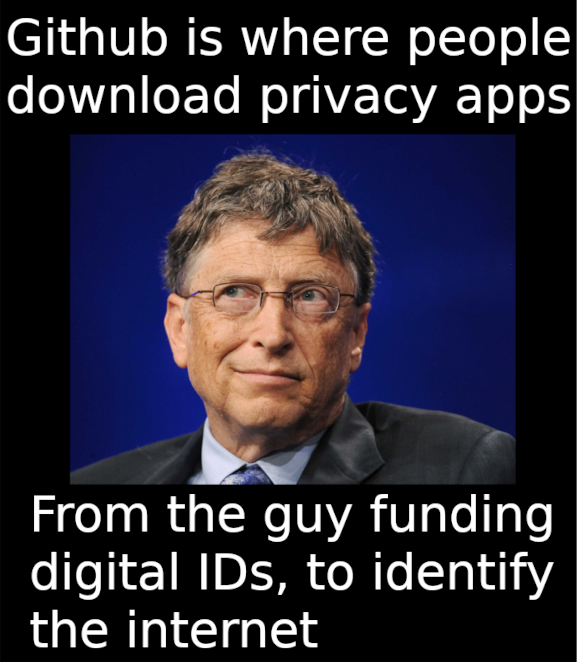
¶ For variety, you start using alternatives.
¶ Pale Moon, Falkon, and SeaMonkey are young and exciting projects!
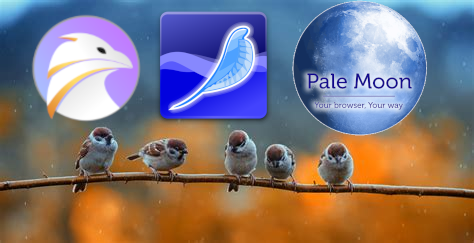
¶ So Cloudflare starts blocking alternative browsers:
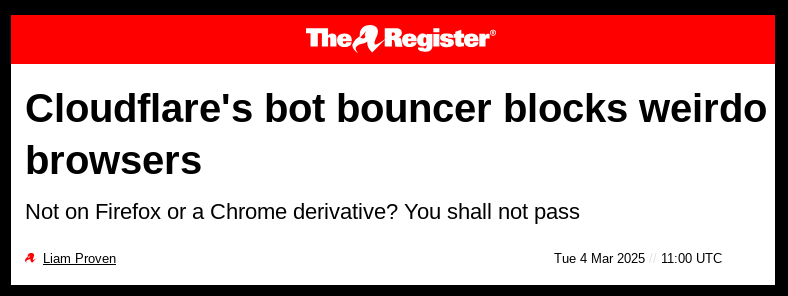
Source: [1]
¶ I believe they are purposefully trying to reduce the choices, so you're more likely to use the same fingerprinted ones
BLOCKED: Pale Moon, Falkon, and SeaMonkey
ALLOWED: Chromium, Firefox

¶ And Mozilla's Official Firefox is "malware by default",
¶ This requires a bunch of knowledge and work to remove,
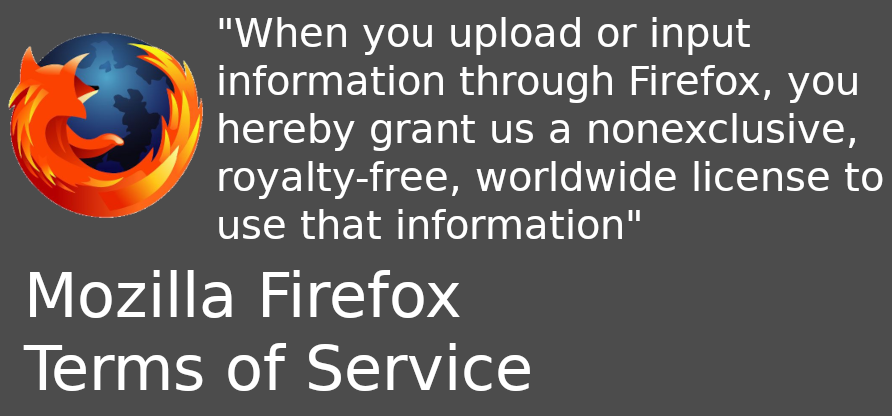

¶ Youtuber Chris Titus can't even recommend a secure web browser because they all suck. [4]

¶ Qubes is an operating system to run multiple virtual machines (aka small computers).
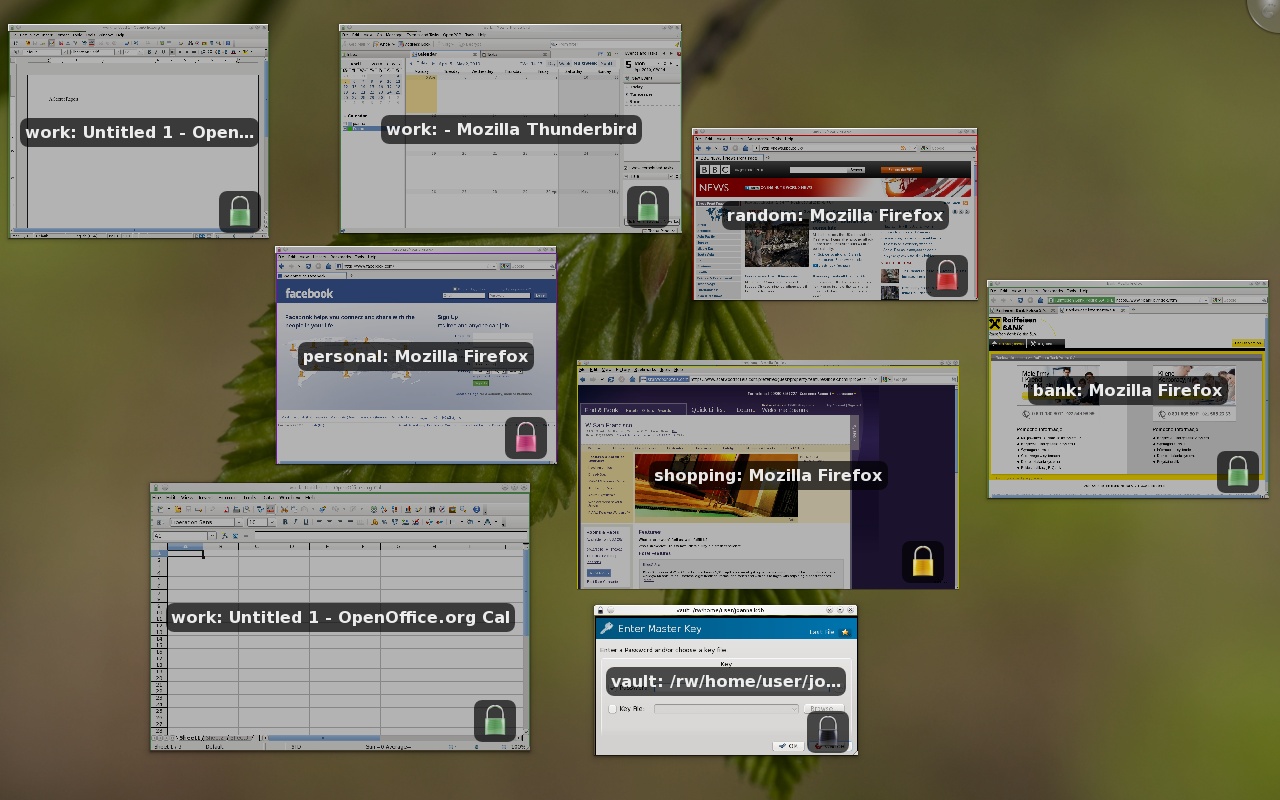

¶ People fantasize about the magic of QubesOS

¶ But it slows down your PC

¶ Daily Driver Review:
Qubes is a huge, and I mean huge resource hog. It’s a black hole for your system resources. I tested Qubes on two machines: Lenovo Thinkpad T570 with a Samsung (860?) SATA SSD, and an Intel NUC 11th gen Core i5-1135G7 with an NVMe SSD and 32GB 3200Mhz RAM. The laptop was hardly usable. The NUC was usable, but struggled to play anything above 1080p videos smoothly. 4k video was next to unplayable. For me, if I can’t play videos at up to 4k smoothly, then I can’t use that operating system for my primary activities, since I spend so much time watching videos. [5]
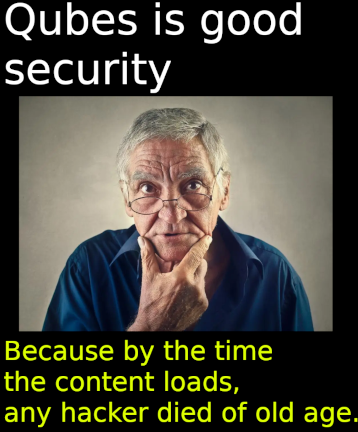
¶ Sucks Laptop Battery Life

¶ IT architecture Quote:
It’s only really usable in a stationary environment; it completely kills battery life and even basic tasks such as (non-HD) video display maxes out a single CPU core so it’s just not worth trying on a laptop. Hibernation doesn’t seem to be supported by default which becomes risky when combined with the extreme power usage. [6]

¶ And it's a difficult tech configuration
¶ Sucks up this dude's whole life


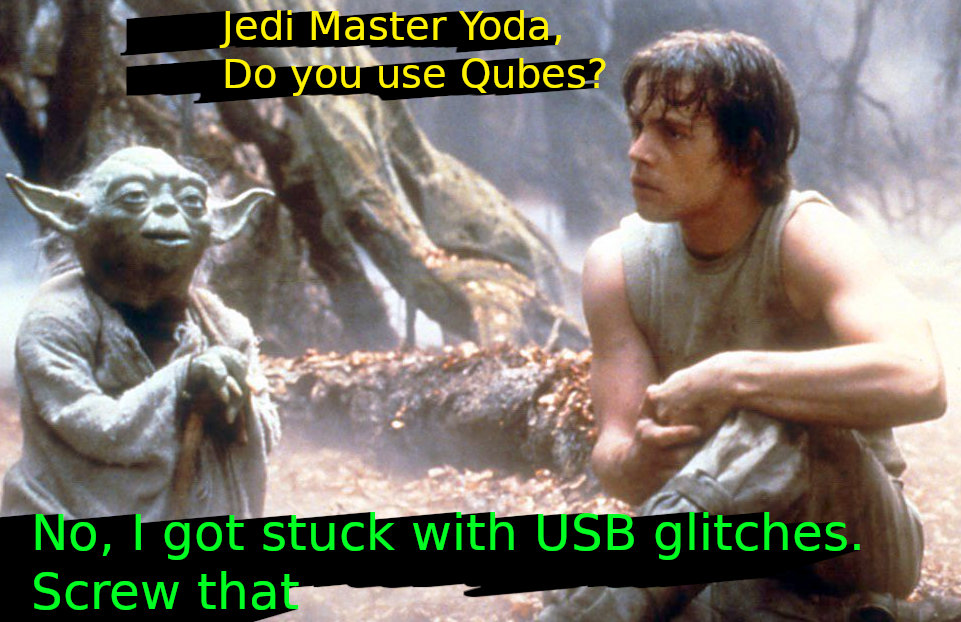
¶ Some turn to Oracle's VirtualBox because it's easier to use,
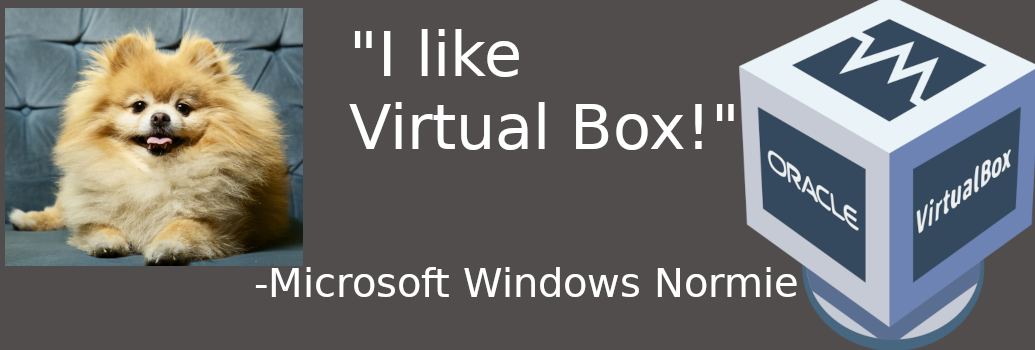
¶ But VirtualBox is made by the exact CIA contractor you're hiding from.
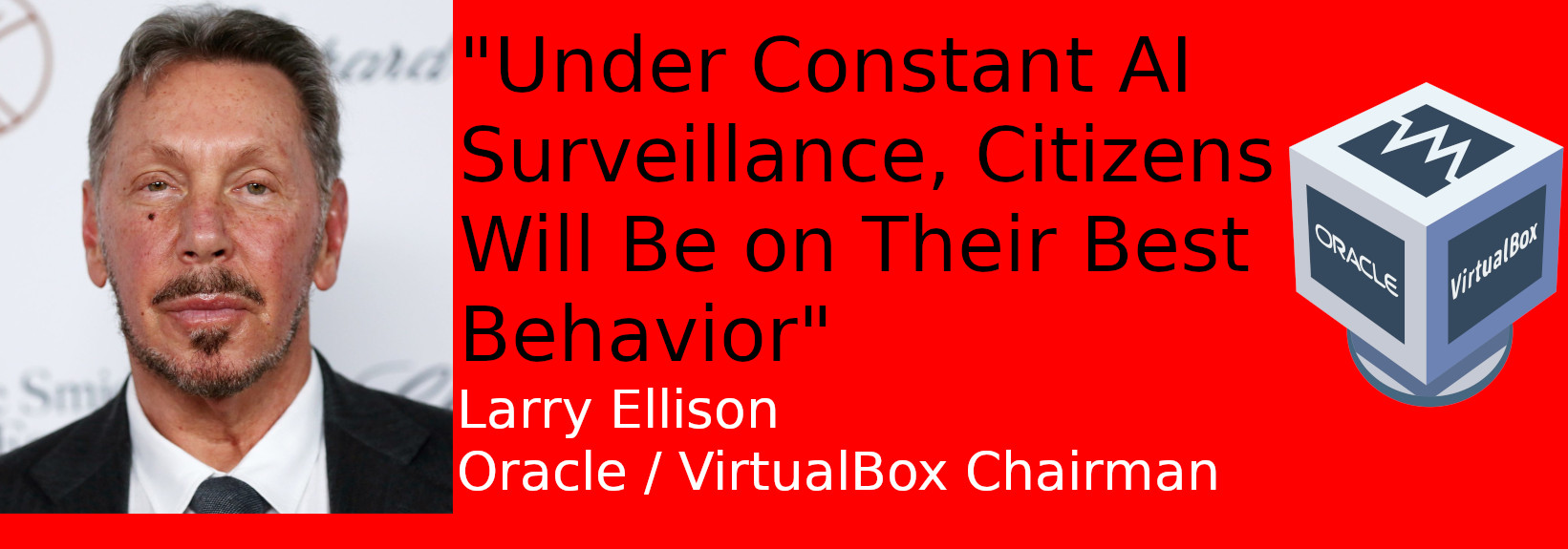
Source: [7]
¶ VirtualBox has CLOSED SOURCE copy-paste
¶ CIA Oracle is seeing your passwords and your entire screen
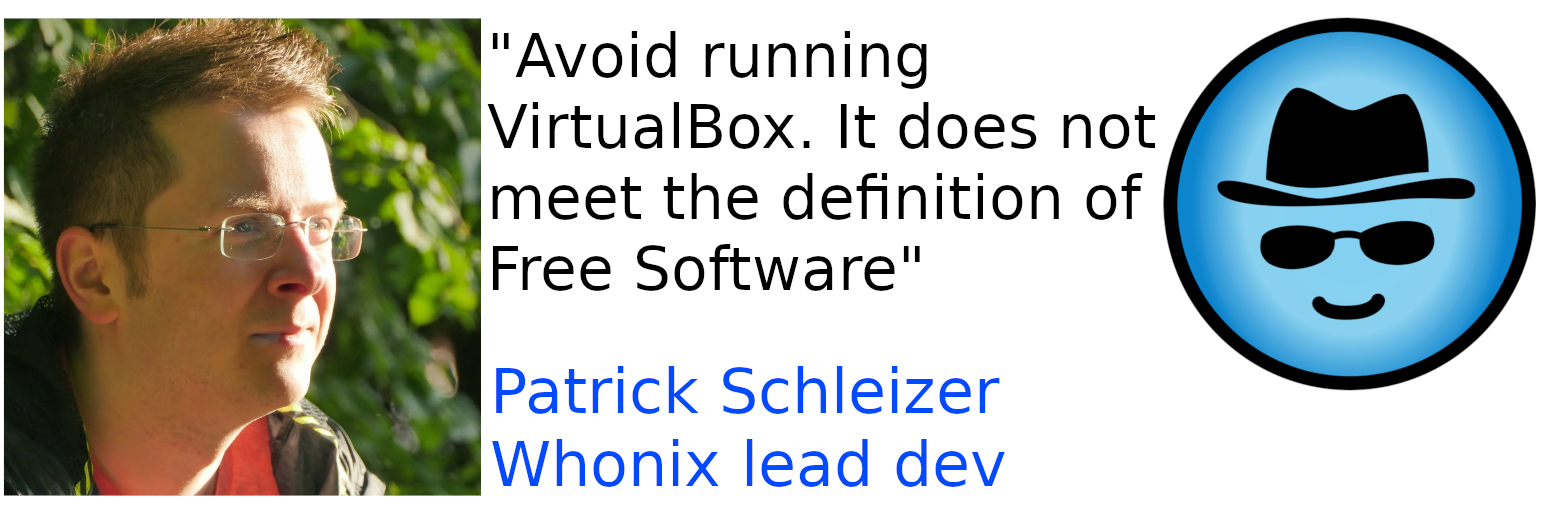
¶ Whonix Quote:
Avoid running VirtualBox. VirtualBox does not meet the definition of Free Software. The parent company Oracle has poor security practices -- serious bugs have remained unpatched for an extended period; and significant VirtualBox functionality is only available as a proprietary extension. [8]
¶ Summary:
¶ a) You can't configure 1 browser to hide your fingerprint
¶ b) Managing many browsers is a pain in the bunghole
¶ c) Nobody is really vetting these Github forks
¶ e) Cloudflare is purposefully blocking some forks
¶ f) Pulling out the malware from the Official Mozilla Firefox or Chromium is a pain
¶ g) Even with different browsers, they still gather info like screen size, timezone, and load speed
¶ h) AI is literally designed to predict patterns
¶ i) Keeping an organized system of which browsers, are for which activities, can easily become a nightmare
¶ j) If you slip up once, the Algos correlate
¶ k) Virtual machines would help, but they are an even bigger pain in the bunghole
¶ You're on the verge of giving up.

¶ Wait,
¶ What if I told you could get a lot of the upside of Qubes, but without the negatives?

¶ Solution:
¶ Our App allows you effortless spin up isolated browser fingerprints.
Different VPN IPs, with matching timezones, browsers, and screen-size, all in one-easy button.
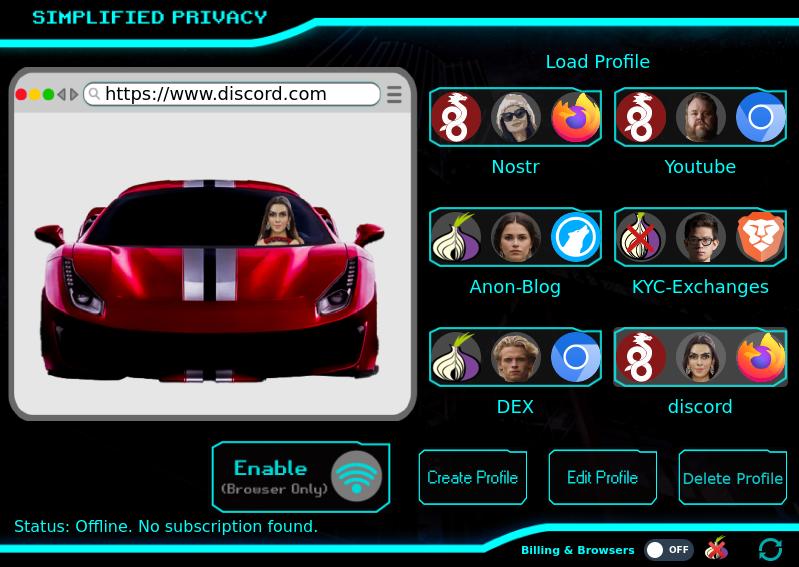
¶ Websites can't tell your real screen dimensions, even with Javascript fully enabled

¶ With a built-in Browser distro
¶ We make it easy to manage which profile has which browser version.

¶ No Performance Drag!
¶ It's NOT slower. It's NOT using more battery. With Unmatched Passion, Underdog Simplified Privacy is the Fastest!
![]()
¶ Benefits:
¶ Realistic Screen Size Change
¶ Built-in Effortless Browser Management
¶ Different Country IPs
¶ Timezone Change to match the IP
¶ Can have multiple profiles open at once
¶ Avoid Downside:
¶ No speed slowdown
¶ Low disc space (unlike VMs)
¶ No complex technical configuration
¶ No USB problems (unlike Qubes)
¶ No Laptop Battery drain
¶ Fully Open Source (unlike VirtualBox)
¶ Go! Go! I'll Never give up!


¶ Get your Questions Answered: [Official Docs]
(Including how to install and what Linux distros are currently supported)
¶ Quote Sources: [Link]
Note: These quotes were taken without permission or endorsement, and may lead to backlash from the original author.